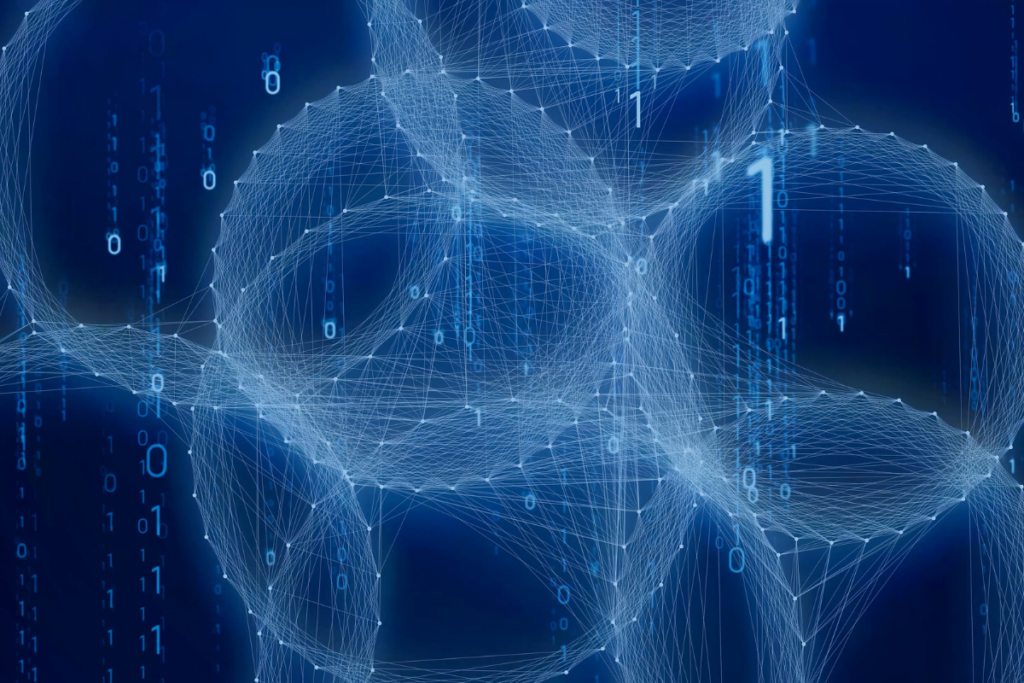Embracing the Quantum Age: Pioneering Data Privacy

Quantum computing is often hailed as the next industrial revolution, transforming everything from machine learning to cryptography. With its potential to increase computational power, the implications for data privacy are profound and immediate.
The quantum computing market is expected to grow significantly, reaching $1.7 billion by 2026, so the need for quantum-safe encryption solutions becomes urgent.
The Quantum Threat to Cryptography
Traditional cryptographic systems, which underpin modern digital security, depend on complex mathematical challenges that are tough for classical computers to crack. However, quantum computers, using principles of quantum mechanics like superposition and entanglement, can solve these problems much faster. This capability poses a direct threat to encryption methods such as RSA, making the current cryptographic standards exposed and vulnerable.
Shor’s and Grover’s algorithms are prime examples of how quantum computing can disrupt current security systems. Shor’s algorithm, for instance, can factor large numbers much more efficiently than classical computers, which is a critical blow to RSA encryption. Meanwhile, Grover’s algorithm improves the efficiency of unstructured searches, enhancing the capabilities of brute-force attacks.
Innovative Responses to Quantum Challenges
In light of these challenges, Data Protection and Risk Mitigation (DPRM) is leading the way by integrating quantum physics into the generation of key materials and adopting the latest quantum-safe algorithms.
This proactive approach not only fortifies data protection but also ensures that organisations are ready and future-proofed for the quantum era.
Quantum Key Distribution and Quantum Random Numbers
A key feature of quantum-safe cryptography is Quantum Key Distribution (QKD), which uses quantum mechanics to provide secure communication channels which are immune to computational attacks. Additionally, quantum random numbers, which are fundamental to generating cryptographic keys, offer a new level of security by leveraging the inherent randomness of quantum processes.
Navigating Challenges and Opportunities
Despite its potential, quantum computing comes with its own set of challenges, such as:
- Decoherence
- Error Correction
- and Scalability.
These technical hurdles provide opportunities for innovation in quantum error correction techniques and fault-tolerant architectures. The continuous development of these areas is critical for the practical implementation of quantum computing.
The Road Ahead for Quantum-Safe Cryptography
As we enter the quantum era, the transition to quantum-safe cryptography is not just advisable but essential. This shift involves updating cryptographic standards, deploying new encryption solutions, and widespread education on the importance of quantum-resistant methods. For example, integrating quantum-safe solutions into existing infrastructures will require significant collaboration across various sectors.
Certes DPRM’s commitment to quantum-safe technologies makes it a valuable ally to safeguard data privacy. By offering advanced quantum-resistant solutions, and setting new standards in cybersecurity, DPRM helps organisations protect their most valuable asset—their sensitive data—from emerging quantum threats.
The rise of quantum computing is both an opportunity and a challenge in the field of data privacy. With its pioneering efforts in quantum-safe solutions, Certes DPRM is leading the charge in preparing for a secure quantum future.
As we stand on the brink of this new technological era, embracing quantum-safe encryption is not merely an option—it is a necessity to secure our digital future. To read more on how we’re placing quantum-safe security at the forefront download our latest whitepaper here or better yet speak with our team today.


